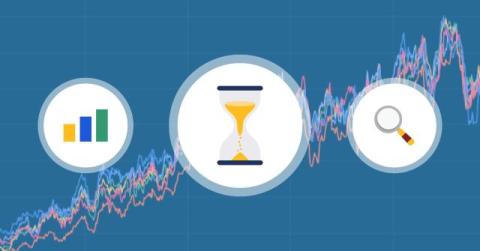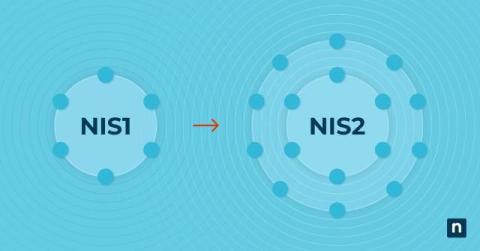The Rise of Open Source Time Series Databases
Time series databases allow you to store and query metrics efficiently. For example, if you want to forecast load on your servers, or identify intermittent faults with your production services, time series databases can help. Besides infrastructure monitoring, time series databases have been invaluable in finance, IoT applications, manufacturing, and more. Many time series databases, including VictoriaMetrics, are open source.











